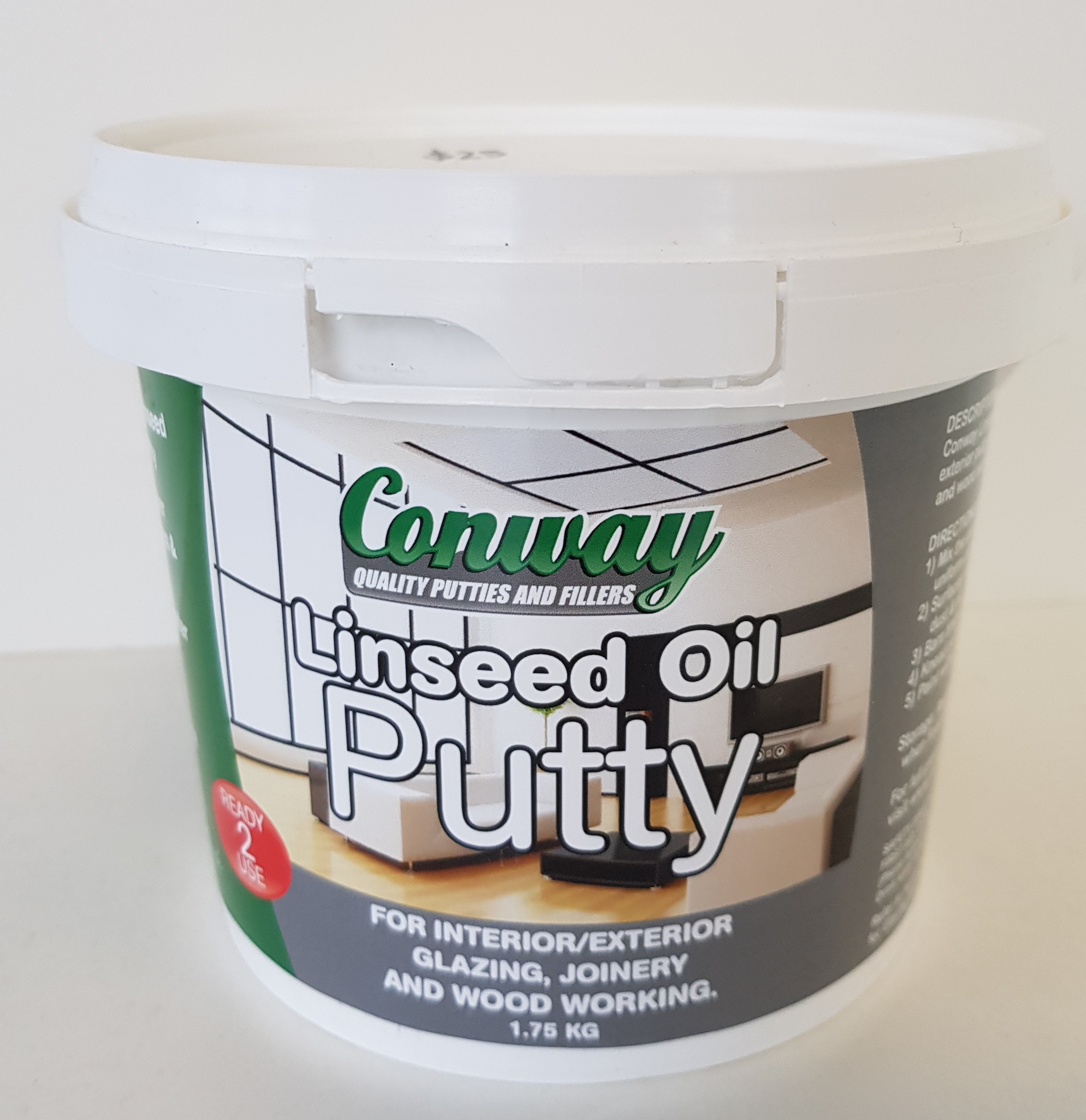

There are a number of synthetic alternatives such as polybutene-based putties, where the polybutene is a low molecular weight oligomer replacing the linseed oil. Historically, white lead was sometimes mixed with the whiting. Glazing putty is traditionally made by mixing a base of whiting (finely ground chalk) with linseed oil in various proportions. Putty has been used extensively in glazing for fixing and sealing panes of glass into wooden frames (or sashes), although its use is decreasing with the prevalence of PVC and metal window frames which use synthetic sealants such as silicone.

The other putty mixture may be a calcium carbonate (CaCO 3, 750-850 parts) based with a admixtures of CaO (ash calcium, 120-180 parts), white cement (40-60 parts), and talc powders in much lower concentrations (fractions). Putty, or lime putty, is made from a mixture of calcium oxide (CaO) and water (H 2O) in proportions of 38% and 62% by weight respectively, as result, the solution forms hydrated lime (Ca(OH) 2) which takes up about a half of the weight. Although some types of putty (typically those using linseed oil) slowly polymerise and become stiff, many putties can be reworked indefinitely, in contrast to other types of filler which typically set solid relatively rapidly. Putty is a material with high plasticity, similar in texture to clay or dough, typically used in domestic construction and repair as a sealant or filler. For other uses, see Putty (disambiguation). This article is about the type of material.


 0 kommentar(er)
0 kommentar(er)
